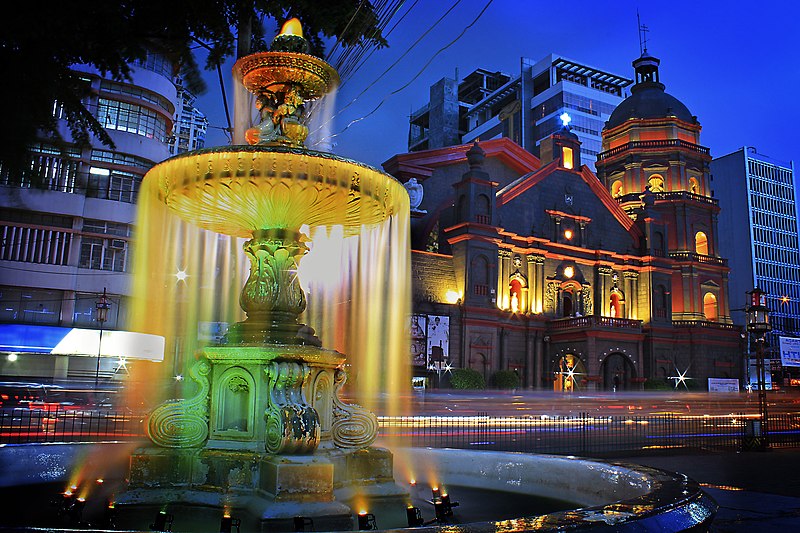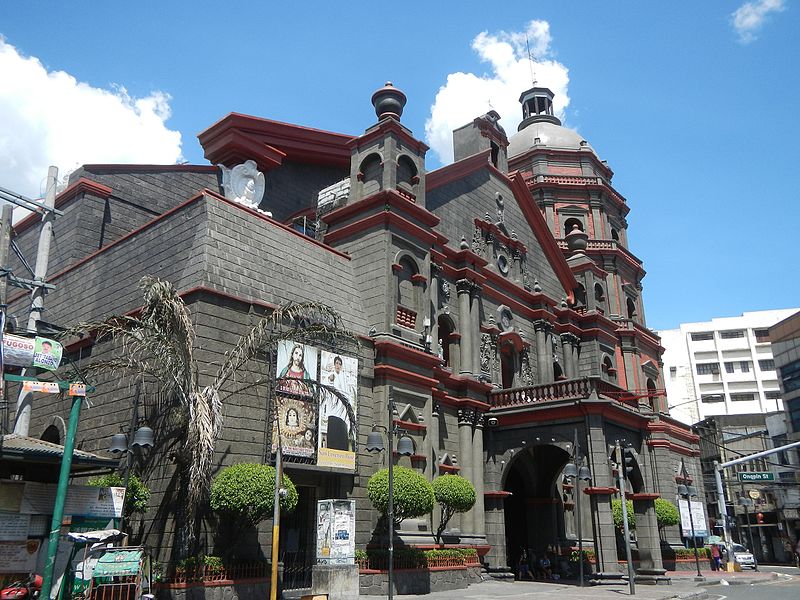Chinese traders had frequented the Philippines even before the Spaniards settled in the country. After establishing the seat of power inside the Walled City of Intramuros, the Spanish colonizers have developed a particular area for Chinese in the Philipines who have converted into Christianity. This move gave birth to the place which we know as Binondo.
Established in 1594, Binondo has become a melting pot of the Chinese-Filipino culture. One can find here a unique flavor – one that cannot be easily found in any other Chinatown around the world. This unique flavor is the product of several millennia of assimilating Chinese and Filipino culture that is evident, not only in the dishes served in Binondo but in every aspect of life in the district.

Binondo Church was built in 1596 to serve Chinese Christian converts in the Binondo area and permitted Chinese and Chinese mestizos to live. The church is home to the Our Lade of China and also served native Filipino Christian. It is a Baroque architectural style and notable for its octagonal five-tier Chinese-style bell tower which reflects the culture and art of the surround Chinatown.: Bernard Pasatiempo Recirdo II [CC BY-SA 4.0], via Wikimedia Commons
Various historical landmarks are still standing in the Binondo area. One of which is the Arch of Goodwill marking the borders of the Chinatown area and commemorate the friendship between the Filipinos and the Chinese.
Another historical landmark is the Minor Basilica of San Lorenzo Ruiz, more popularly known as the Binondo Church. It was initially built in the late 1600 but was made more prominent in 1700 to cater to a growing population around the area. The church was destroyed during the Second World War, leaving only the façade, the belfry, and the side facing Ongpin Street. It was reconstructed after the war.

Judgefloro [CC BY-SA 4.0], via Wikimedia Commons
Still standing in front of the church is the Plaza Calderon de la Barca or the Plaza San Lorenzo Ruiz which used to be the biggest square in Manila during the Spanish era.
Aside from its cultural and historical significance, Binondo is also known for its various restaurants lining up the streets serving authentic Chinese cuisine. Serving tasty, heartwarming meals on a wallet-friendly price, the Binondo food crawl is an adventure that often finds itself on somebody’s bucket list.
References:
- A Cultural Walking Tour of Binondo, Manila
- Things to See and Do in Chinatown, Binondo, Manila
- How Binondo Became the World’s Oldest Chinatown
- Binondo: The World’s Oldest Chinatown
